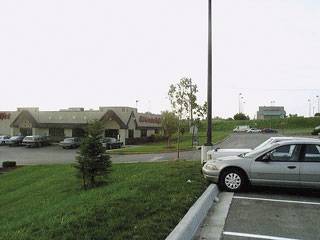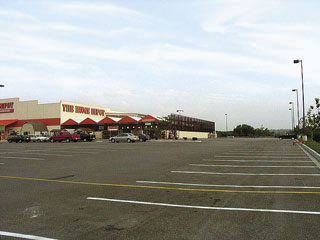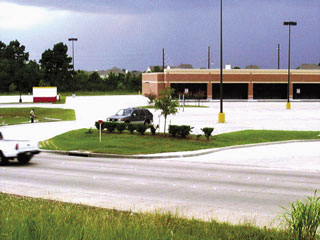Commercial, industrial or retail developments can act to cushion the effects of highway traffic noise on adjacent buildings that may be used for activities sensitive to noise. Municipalities can implement zoning, other control ordinances, or financial incentives to encourage land uses that are more compatible with noise from roadways. Vegetation between commercial, industrial, or retail land uses can serve as a visual buffer.
Commercial uses can include office space or consumer-oriented retail, as found in many locations in Houston and Kansas City. This strategy is particularly valuable when applied before roadway construction. When communities can plan or anticipate roadways, they gain greater benefits from exercising control over land use. The reason is simple. They can ensure that transportation and commercial growth conforms with local goals—all while minimizing the effects of highway traffic noise.


